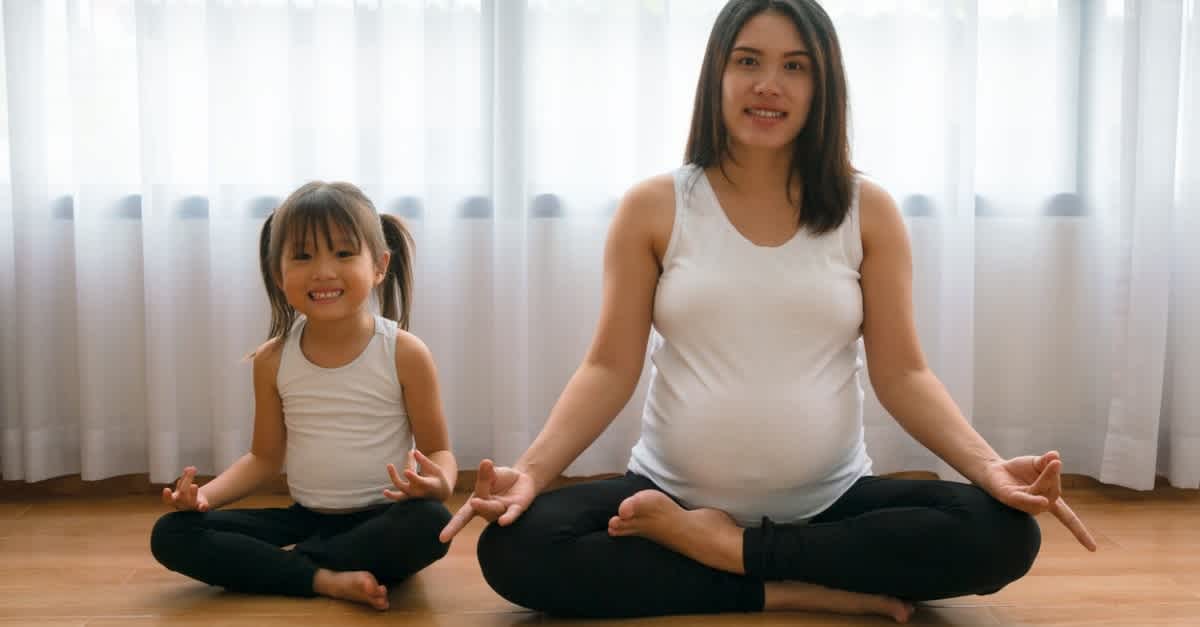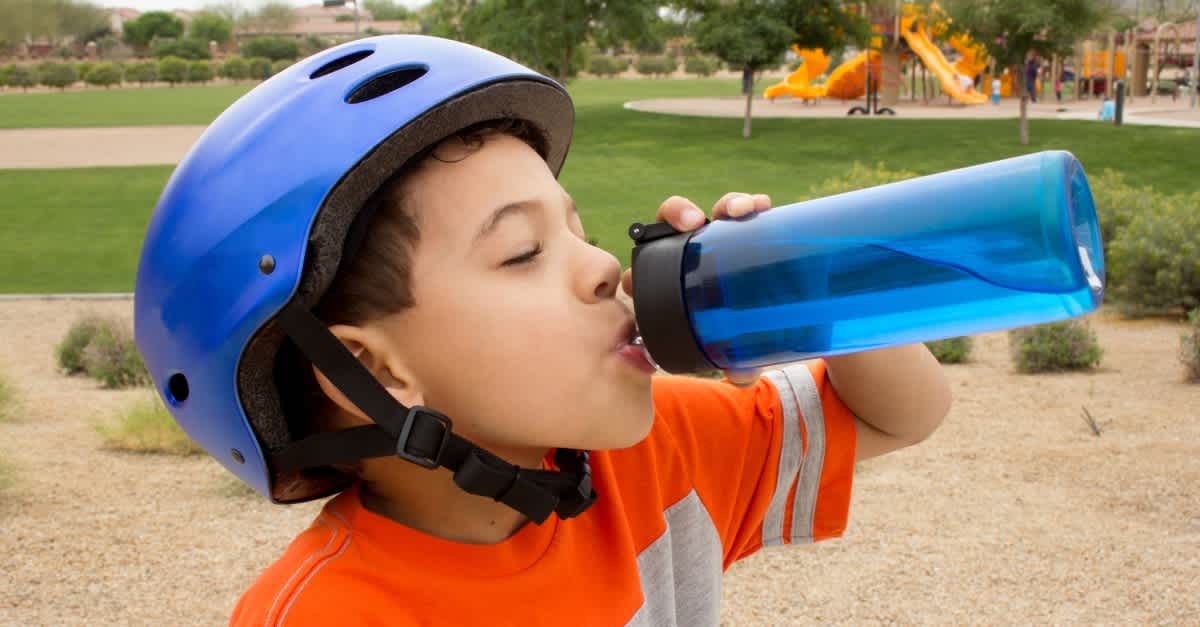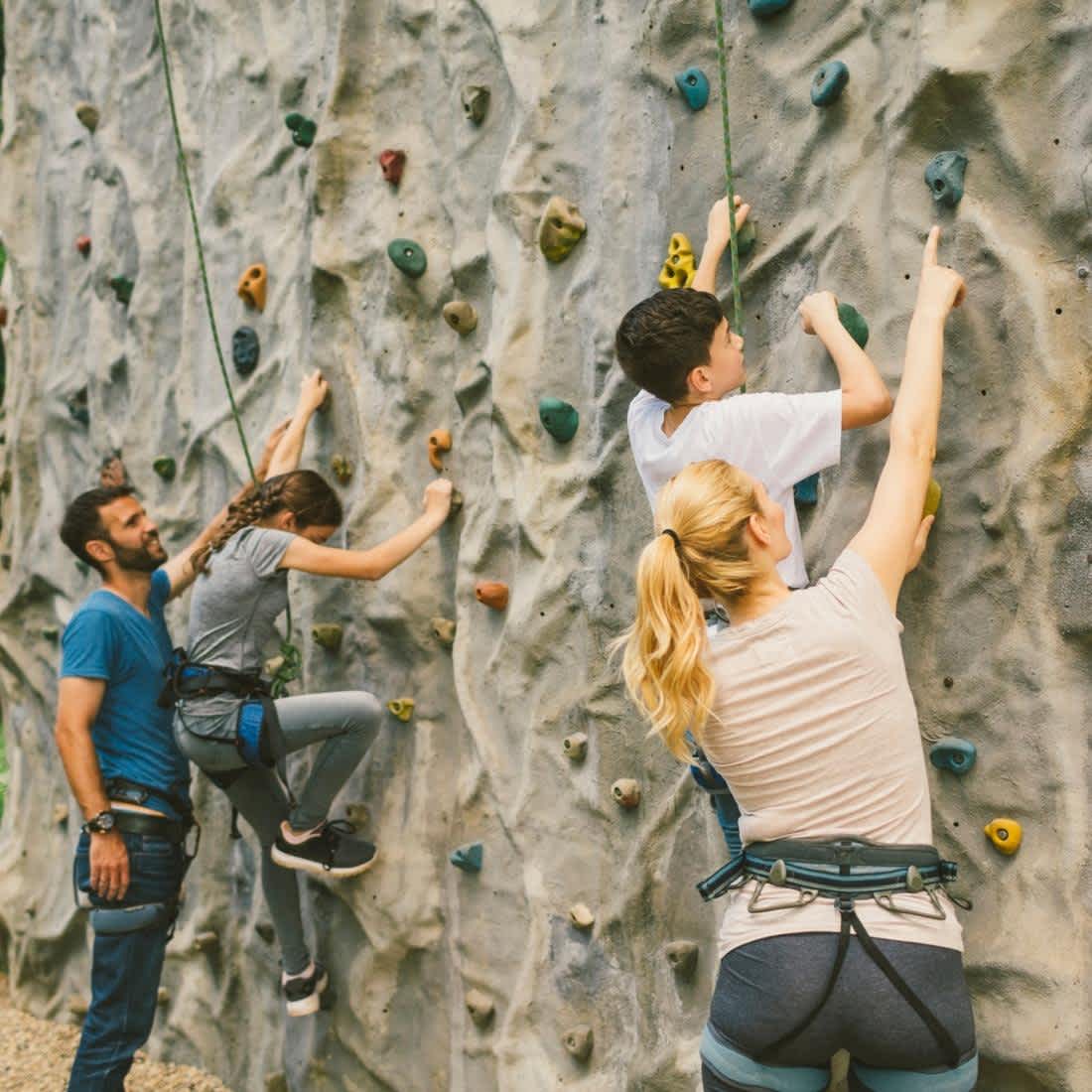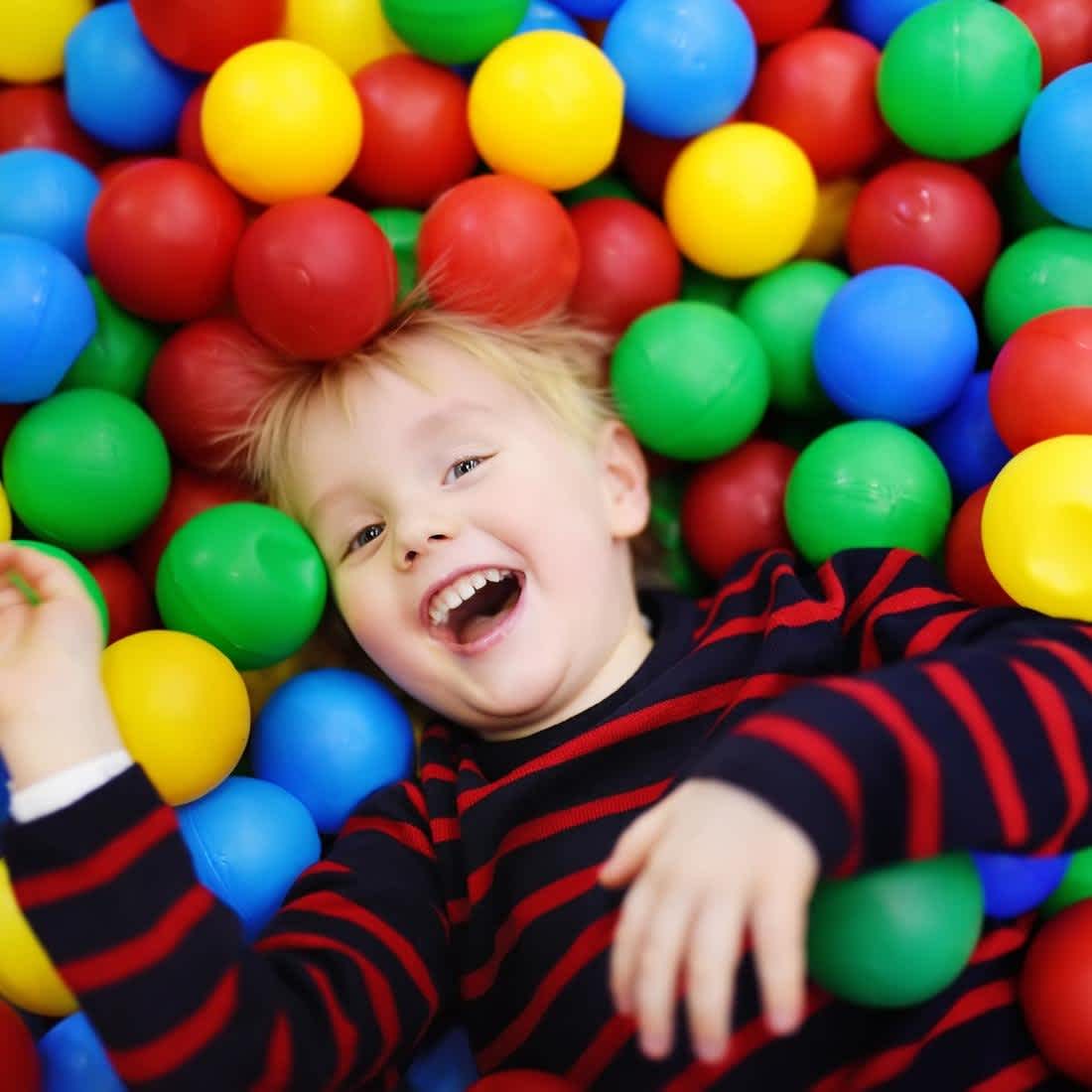The relationship between physical activity and children is a complex one. Everyone, without exception, is in need of physical activity in order to develop and prosper. However, in the past, people have adopted some rather extreme approaches to exercising with their children, particularly during times when concerns about the prevalence of childhood obesity were widespread.
We now understand that each of our interactions with physical activity is a little bit more subtle than we originally considered it to be. Today, we acknowledge this. Exercising needs to be a part of our efforts to instill in our children positive mentalities and habits that are beneficial to their health.
Parents often have the impression that they need to walk a line that can be quite tricky to walk. Because of this, we felt it necessary to compile a list of things that should and should not be taught to children regarding physical activity.
Do: Lead by example
These are the kinds of routines that should start early on in a child’s life and be taught to them at home. Exercise should be something you and your children discuss. Invite them to see you engage in proper physical activity or even to participate with you in it themselves when it is safe for them to do so.
Don’t: Forget the water bottles
Maintaining proper hydration during physical activity is of the utmost importance, particularly for younger athletes. During exercise, your water bottle should be your greatest friend, and you should frequently check in with your children to make sure that they are getting enough to drink.
Do: Explore different types of exercise
In order to motivate their children to move more, many parents sign them up for traditional activities such as sports teams or dance lessons. Those are wonderful places to begin, but it’s not the case that every child will naturally gravitate toward those things. Don’t be afraid to go outside the box and try new things by participating in activities such as rock climbing, yoga, or martial arts.
Don’t: Let the weather get in your way
A significant portion of the population bases their level of physical activity on the prevailing weather conditions. Children are affected as a result. There is no question that many children in the South and on the West Coast end up getting more physical activity than their counterparts in the Northeast.
Make sure that you show children that staying active at home can be done in a variety of ways, such as having an impromptu dance party or going on a scavenger hunt.
Do: Make it social
The company of others makes physical activity more enjoyable. Make it a group activity to go rollerblading or biking and get everyone together. Gather your teammates together for a session of impromptu sports training.
The majority of the time, the more children you get together, the more activity there will be in terms of running around.
Don’t: Make it a punishment
Under no circumstances and under any conditions can children be required to exercise as a form of punishment. In 29 of the 50 states, this behavior is considered child abuse.
Do: Present opportunities
Instead of forcing youngsters to adhere to a strict plan for their physical activity, give them the freedom to select how they want to spend their time. Take your children, for instance, to a nearby playground that features both an arcade and open space for them to run around in. It educates children to make wise decisions and strike a balance between having fun and focusing on their duties, as well as between the various forms of amusement available to them.
Don’t: Forget to get quality sleep
Because it provides our bodies with the opportunity to recuperate and repair, quality sleep is an essential component of a workout routine. The more active your children are, the more critical it is to ensure that they are getting the amount of sleep that is typical for their age group.
Do: Limit screen time where it makes sense
The guidelines for how much time a child can spend in front of a screen vary widely from household to household and situation to situation. If your children are able to find a healthy balance between time spent in front of screens and time spent being active, then more power to them. Find strategies to assist children who aren’t quite there yet; if necessary, restrict their access to screens in some situations so that they can learn to make decisions that are more beneficial to their development.
Don’t: Get ahead of yourselves
It’s possible that more mature children will enjoy physical activity. It’s wonderful when the physical activity turns into a pastime and a routine in your life. You need to watch out for children engaging in activities that are either too difficult for their age or that cause them to use too much energy.
Everyone, keep in mind that moderation is key.










